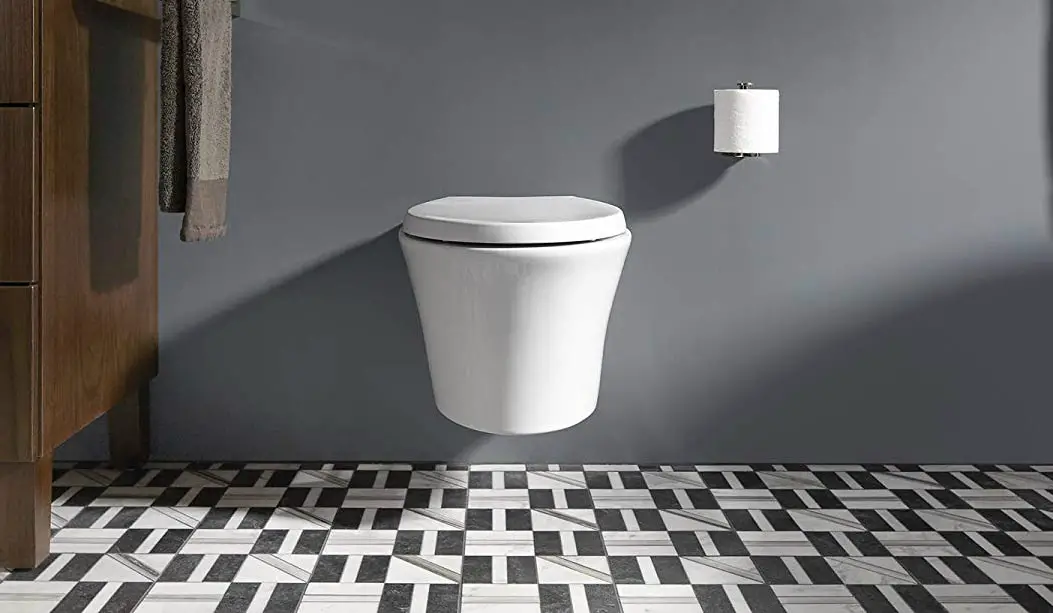How To Install a Wall Mounted Toilet (Step by Step Guide)

Wall hung toilets have been popular in Europe for years and are starting to become a hit in the United States. It’s easy to see why when they save several inches of space in an often cramped bathroom.
However, installation is a little more challenging than the average toilet, so you are probably wondering how you can do it.
In order to install it will be necessary to mount the support frame between two studs. If necessary, Attach the drain and supply pipes and then mount the toilet bowl to the frame.
To install a wall-mounted toilet, you will need to open part of the wall to install the framework. You will need to ensure that the thickness of your studs can support the weight of the toilet you have chosen. Additionally, you must ensure your stud width will give enough, but not too much space for the toilet frame to fit in.
You must now ensure your plumbing is ready to work with a wall-mounted toilet. To do this, trace your lines and find where they end. You will typically need a 1/2″ line for your cold water supply.
Your drain line must end in the wall and typically must be 3″ inches in diameter. If you are replacing a floor-mounted toilet, you will likely have to relocate your drain line. This will probably require removing part of your flooring or, if possible, the roof of a lower story.
If your bathroom is already set up to receive a wall-mounted toilet, simply ensure the studs and fittings match the model you choose.
To install a wall-mounted toilet, you must install the toilet’s framework. This will be mounted to the studs inside the wall and serve to mount the toilet, plumbing, and mechanical assemblies. To install the framework, follow these steps.
Now that the frame is mounted, everything else needs to be attached. First, connect the plumbing and, finally, the toilet to the frame. To do this, follow these steps.
Wall mounted toilets have many advantages and here are a few of them.
Wall-mounted toilets are space-saving wonders, but they are not perfect. Here are a few flaws.
The typical wall-mounted toilet can hold a minimum of 500 pounds. This is required in the United States. However, the toilet must be installed correctly to support this amount of weight.
There are several reasons a wall-mounted toilet may leak. Some reasons include loose mounting nuts, cracked bowl, and leaking supply lines. Here are some ways to deal with this.